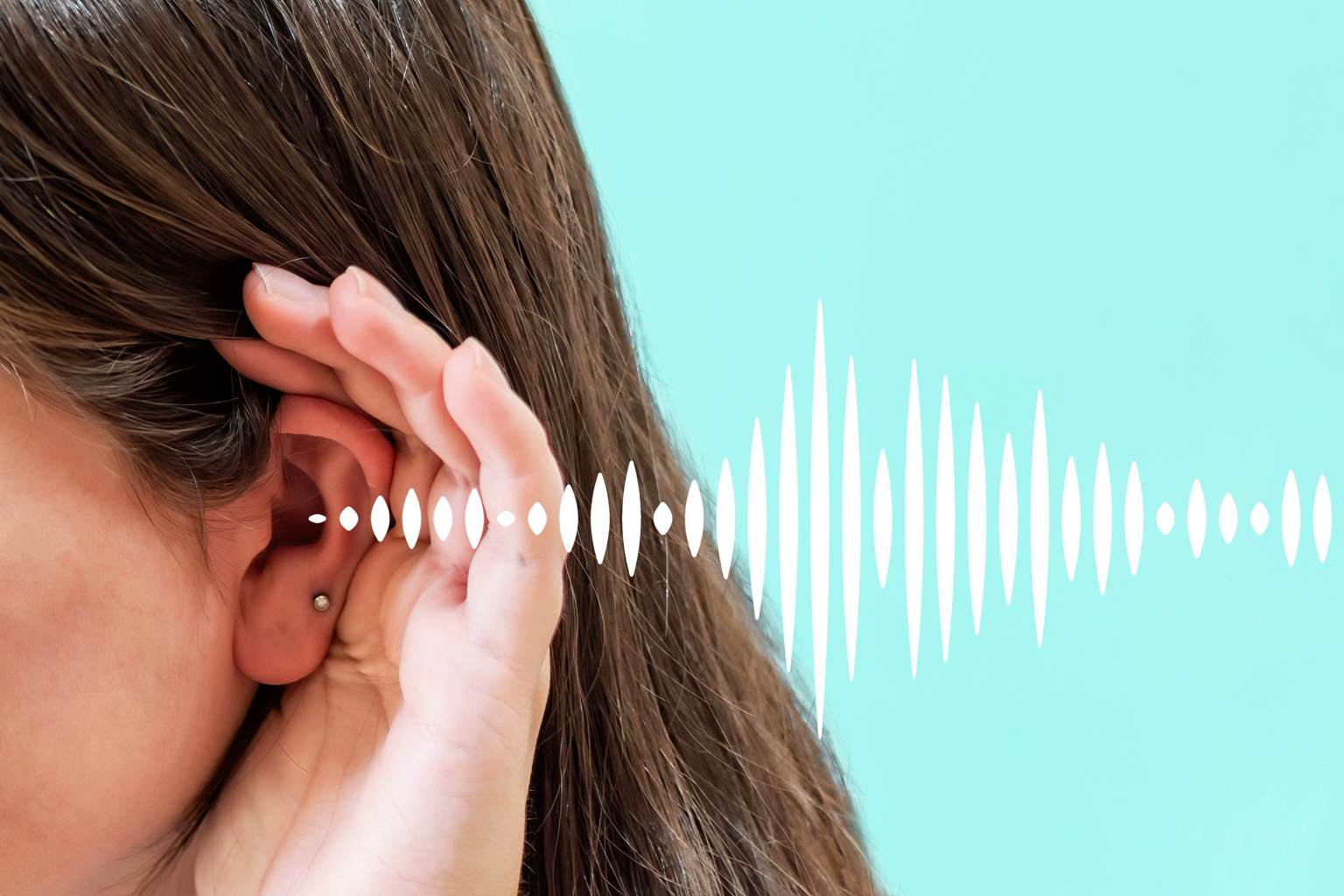We live in a world saturated with sound. From the constant hum of traffic and background conversations to the playlists we stream and the notifications that ping on our devices, noise is an ever-present backdrop to modern life. But sound isn’t just something we passively experience, it’s a force that actively shapes our thoughts, emotions, and productivity.
Recent research in neuroscience and psychology reveals that different types of sound can either disrupt or enhance our cognitive and emotional states. By understanding how sound works, you can learn to better design your environment for focus, relaxation, and overall well-being.
White noise, pink noise, and brown noise
Not all noise is created equal. Researchers have identified several unique types of non-musical sound that can affect us in different ways:
- White noise: This sound contains all frequencies at equal intensity, resulting in a “static” sound similar to a fan, air conditioner, or untuned radio. White noise can mask sudden background sounds, making it easier for some people to fall asleep or concentrate in noisy environments.
- Pink noise: Contains more low-frequency energy than white noise, making it softer and more natural-sounding, think of rustling leaves or steady rainfall. Pink noise has been linked to deeper sleep and improved memory consolidation, making it a favorite in relaxation and sleep apps.
- Brown noise: Goes even deeper, emphasizing lower frequencies. It sounds like a distant thunder or a gentle rumble. Many people with ADHD or high stress find brown noise especially calming, as it creates a grounding, soothing environment.
How sound affects focus
The relationship between sound and concentration is complex. For tasks that require deep, analytical thinking, many people perform best in silence or with subtle background sounds like pink noise. On the other hand, for creative activities, moderate background noise, such as the low-level chatter of a café, can actually stimulate idea generation and out-of-the-box thinking.
The key is to match your sound environment to your cognitive goal. For example, instrumental music or ambient soundscapes may enhance focus for reading or studying, while silence might be best for complex problem-solving. If you’re working in a shared or noisy space, white or pink noise played through headphones can mask distractions and help you zero in on your work.
Sound and emotional regulation
Sound doesn’t just affect the mind, it has a powerful influence on emotion and physiology. Listening to music or natural sounds like birdsong, ocean waves, or rainfall can evoke feelings of calm, joy, or nostalgia. These sounds can actually lower heart rate and cortisol levels, easing stress and anxiety. That’s why so many relaxation and meditation apps use nature soundscapes as part of their approach.
The reason? Sounds that are predictable and soothing activate the brain’s limbic system, which is responsible for emotion and memory. This mind-body feedback loop supports emotional balance and relaxation, helping you wind down after a busy day or regain composure in stressful situations.
Noise pollution and its effects
While some sounds help us thrive, others can be truly harmful. Chronic exposure to noise pollution, like traffic, construction, sirens, or even loud neighbors, can increase stress, disrupt sleep, and even strain the cardiovascular system. Long-term studies have shown that people who live in noisy environments have higher risks of anxiety, hypertension, and other health issues.
Nighttime noise is especially problematic, as it can disturb deep sleep cycles and leave you feeling groggy, irritable, and unfocused the next day. Even low-level background noise can impair memory and learning, especially in children.
Tips to use sound intentionally
- For sleep: Experiment with pink or brown noise using apps or sound machines. Avoid stimulating music, loud TV, or notifications before bed for deeper rest.
- For focus: Try instrumental music, ambient soundscapes, or steady white noise. For language-heavy tasks, avoid songs with lyrics to minimize distraction.
- For calm: Listen to water sounds, forest ambiance, or soft piano music. In noisy environments, consider noise-canceling headphones or earplugs to create a peaceful bubble.
- At home: Reduce echo and harsh reverb by adding sound-absorbing materials, like rugs, curtains, or upholstered furniture, to your living space. Even a few simple changes can make your environment feel more serene.
Sound is much more than background noise, it’s a powerful tool that you can use to shape your mental and emotional environment. By tuning into how different types of noise affect you throughout the day, you can make intentional choices about what to welcome, what to block out, and when to embrace silence.
Whether you’re seeking greater focus, deeper relaxation, or simply a more peaceful home, the right soundscape can support your goals and enhance your quality of life.
🎧 The right sound at the right time might be the simplest science-backed upgrade to your day. Experiment, listen, and discover what works best for you.
